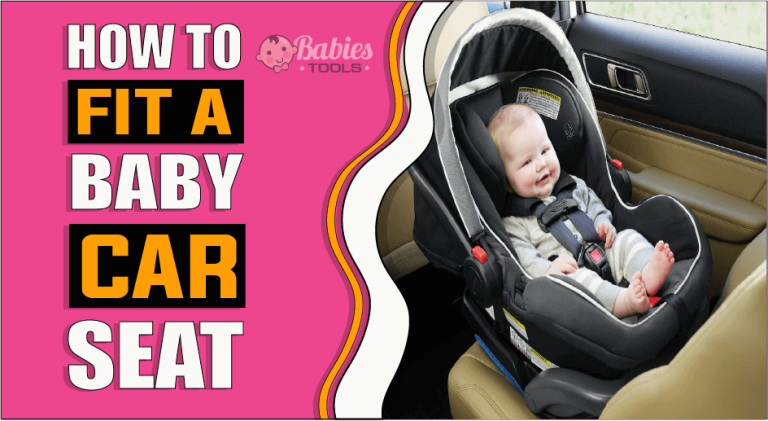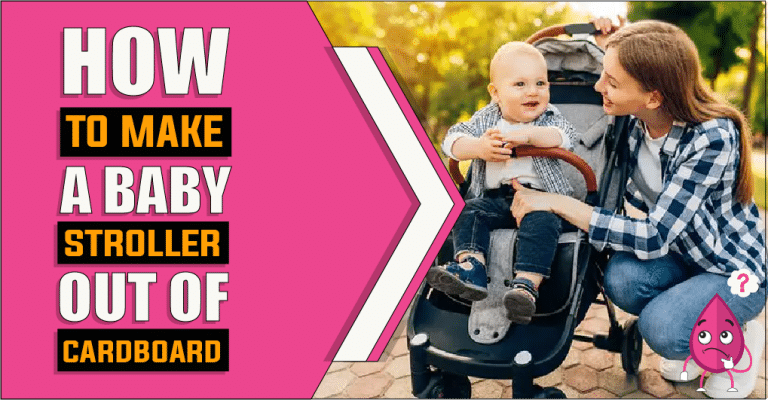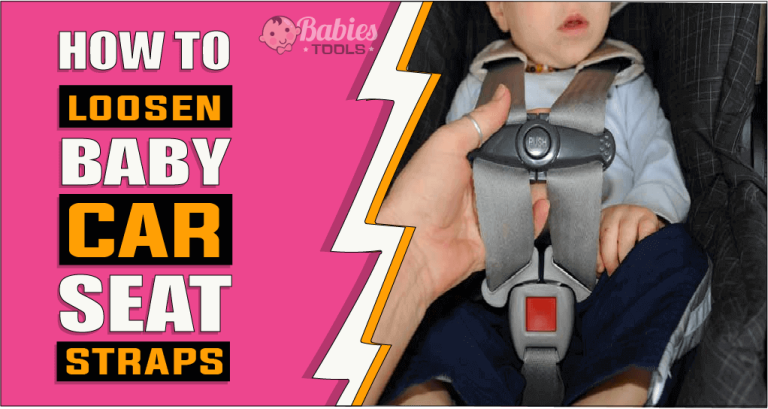What baby monitor should I get | BabiesTools
If you have a baby at home, you know how important it is to keep a close eye on them. A baby monitor can help you do just that, even when you’re not in the same room. You may not know which one is best for you or your family because there are so many different options available . We’ve put together this complete guide to help you make the best decision and answer your question “what baby monitor should I get” . We’ll talk about everything, from the features you should look for to the different kinds of monitors. By the end, you’ll know exactly which baby monitor is best for you.

Let’s go over what baby monitor should I get
Types of baby monitors
There are several types of baby monitors available. The most popular type is the audio monitor, video baby monitor, and Wireless baby monitor.
1: Audio baby monitor:
This type of monitor will allow you to hear your baby’s movements and cries. It is a more affordable option, but it does have some drawbacks. You won’t be able to see your baby, so if they are in distress, it may be harder to tell.
2: Video baby monitor:
When you use this type of monitor, you can see and hear your baby. It is a more expensive option, but it can be worth it for the peace of mind that it provides.
3: Wireless baby monitor:
This type of monitor uses a wireless connection to send signals from the monitor to the receiver. It is a more expensive option, but it is convenient because you won’t have to worry about cords getting tangled.
Now that you know the different types of monitors, let’s discuss some factors to look for.
Factors to consider when purchasing a baby monitor
When deciding on a baby monitor, there are a few factors you should keep in mind.
- What type of monitor do you want?
There are three major types of monitors on the market: audio, video, and movement. Each type has unique characteristics, so you’ll want to decide which is right for you.
- What features are important to you?
Some monitors come with additional features like temperature monitoring, two-way audio, night vision, and more. First, you must choose which features are most important to you, and then you should look for a monitor that incorporates all of those features.
- How much are you willing to spend?
Baby monitors can range in price from around $30 to $300 or more. Before you go out and start shopping, you should sit down and determine a spending limit for yourself so that you know how much money you are willing to spend.
Now that you know what to look for, let’s discuss the different features of monitors.
Important features to consider
When choosing a baby monitor, there are several features you’ll want to consider. Here are some of the most important ones:
- Range:
What is the maximum distance you can be from the baby monitor and still hear or see your baby? This is a crucial factor to consider, especially if you have a large house.
- Battery life:
How long will the battery last before it needs to be recharged? While some monitors have a battery life of several hours, some only have a few hours of life in them.
- Sound quality:
Can you hear your baby’s cry? The sound quality of some monitors is better than that of others.
- Video quality:
Can you see your baby? Again, some monitors have better video quality than others.
- Two-way audio:
Does the monitor have audio that goes both ways so you can talk to your baby? This can be helpful, especially when trying to calm a crying baby.
- Temperature monitoring:
Does the monitor track the temperature in the room? This could help you make sure that your baby is comfortable.
- Night vision:
In the dark, are you able to see your baby? This is a handy feature if you want to be able to check on your baby at night without turning on the light.
- Extras:
Are there any other features that are important to you? Some monitors come with extras like lullabies, night lights, and more.
Now that you know what to look for in a monitor, let’s discuss how much you should expect to spend.
How much does a baby monitor cost?
Baby monitors can range in price from around $30 to $300 or more. The cost will vary based on the type of monitor, the features that you require, and the brand that you choose. Here’s a general idea of what you can expect to pay for each type of monitor:
- Audio monitors:
These typically cost between $30 and $100.
- Video monitors:
These typically cost between $100 and $300.
- Movement monitors:
These typically cost between $100 and $200.
Our recommendations for best baby monitors
Here is a list of the best baby monitors, based on our findings.
1. The Philips Avent SCD630/37 is our top pick for the best baby monitor. This monitor has a lot of great features, including a crystal clear picture and two-way audio.
2. The Infant Optics DXR-8 is our second pick for the best baby monitor. This monitor also has a crystal clear picture and two-way audio, but it also includes some additional features, such as a temperature sensor and a night vision camera.
3. The Motorola MBP36S is our third pick for the best baby monitor. This monitor has a great picture and sound quality, but it also includes some additional features, such as a pan and tilt camera, making it ideal for monitoring your baby from anywhere in the room.
4. The Summer Infant In View 2.0 is our fourth pick for the best baby monitor. This monitor has a large, 5-inch screen, making it easy to see your baby. It also includes two-way audio and temperature sensing, making it a great all-around choice for monitoring your baby.
5. The Lorex LW2732 is our fifth pick for the best baby monitor. This monitor has a great picture and sound quality, but it also includes some additional features, such as pan and tilt capability, making it ideal for monitoring your baby from anywhere in the room.
How to use a baby monitor
1: First you need to purchase a baby monitor. Baby Monitors come in a wide variety of shapes, sizes, and brands, all of which may be purchased at retail stores or online.
2: Choose the right location for the baby monitor. You’ll want to place it in a spot where you can see and hear your baby well, but where they can’t reach it to damage it.
3: Set up the baby monitor according to the instructions. This may involve plugging in the device, turning it on, and pairing it with your phone or another device.
4: Place the monitor near your baby’s crib, bassinet, or play area.
5: To keep an eye on your child as they sleep, use a baby monitor. You can also use many monitors to talk to your baby or play music for them.
6: Be sure to switch off the monitor and disconnect it from the power outlet when you are finished using it. Keep it out of your baby’s reach and store it in a secure location.
Troubleshooting tips for baby monitors
1: Check the batteries:
This seems like an obvious one, but it’s always worth checking to make sure that the batteries in both the monitor and the camera are fresh and have a good charge.
2: Check the range:
If you’re experiencing static or interference, it could be because you’re out of range. Try moving the monitor and camera closer together to see if that clears up the problem.
3: Check for electromagnetic interference:
If you live in an area with a lot of electromagnetic interference (from things like microwaves or cordless phones), that can affect your baby monitor. Try moving the monitor and camera away from any sources of interference to see if that helps.
4: Check the connections:
If you’re using an audio monitor, make sure that the cord is plugged in securely at both ends. If you’re using a video monitor, check that the camera is securely connected to the monitor and that the power cord is plugged in at both ends.
5: Check for other devices that could be interfering:
If you have other wireless devices in your home, they could be causing interference with your baby monitor’s. Try turning off any other devices that use the same frequency as your baby monitor’s to see if that helps.
6: Check for physical interference:
If there are things like walls or other obstacles between the camera and the monitor, that could be causing interference. Try moving the camera and monitor closer together or removing any obstacles between them to see if that helps.
7: Check the settings:
Make sure that the volume on your baby monitor’s is turned up and that the sound quality is set to clear. Also, check to see if the camera is set to night vision mode if you’re using it in a dark room.
8: Check for software updates:
If you’re using a wireless baby monitor’s, it’s important to keep the software on both the camera and the monitor’s up to date to help reduce interference. Make sure to check the manufacturer’s website for your model to see if there are any software updates.
9: Contact the manufacturer:
If you’ve tried all of these troubleshooting tips and if you are still experiencing issues, you may need to contact the manufacturer of your baby monitor’s to receive additional support. They might be able to guide you through the process of troubleshooting the issue, or they could have further suggestions.
Faqs
When shopping for a baby monitor, there are a lot of different things to think about. The most important factor is a range, which is the maximum distance the monitor can be from the infant without losing the signal. Other factors to consider include battery life, portability, and extra features such as temperature monitoring or two-way audio.
Baby monitors can be extremely useful for parents, providing an extra set of eyes and ears to help ensure the baby’s safety. While there are some potential drawbacks to using a baby monitor (such as cost, interference from other electronic devices, and the possibility of hacking), many parents find them to be invaluable tools. In the end, the decision to utilize a baby monitor or not is a personal one that each parent must make for themselves.
As soon as your child is born, you can begin utilizing a baby monitor. But you might want to wait to use one until your baby is a little older and more mobile. When you use a baby monitor, you can ensure that your kid is safe and sound while you are away from them.
Conclusion
So, what is the best baby monitor’s for you and your family? It depends on your needs and budget. The most important thing is to do your research and compare features before making a purchase. Be sure to read reviews written by other parents to get an idea of what they liked and didn’t like about various models so that you can make an informed purchasing decision. And, finally, make sure you know how to use your new baby monitor correctly and troubleshoot any problems that may arise. Congratulations on becoming a parent! We hope this guide has helped you in selecting the perfect baby monitor for your little one.






